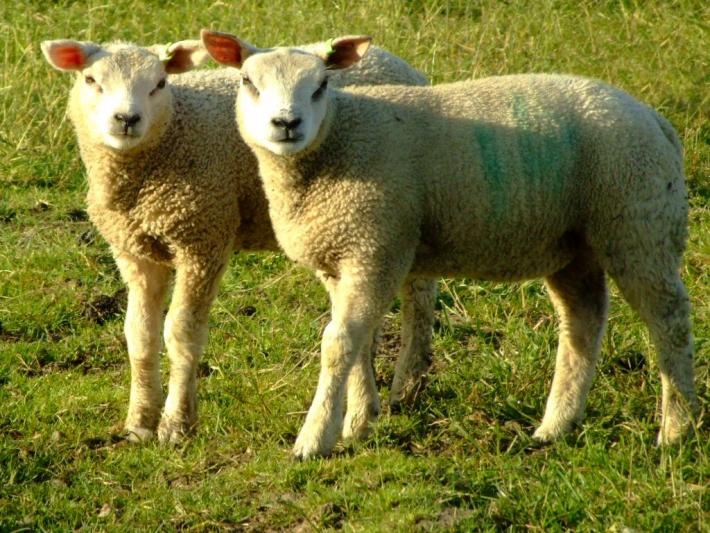
With major pressure from larger companies for a smaller supply of lambs, smaller meat processors need to adapt or be swallowed up by the opposition.
Blue Sky Meats has carved out a small niche among the three big players in Southland and has built up a group of loyal suppliers.
They led the market last year with a heavyweight lamb contract for those suppliers at a good premium, and it appears they are leading again.
Sheep producers need processors to push the boundaries for that extra dollar so their industry can survive. Have you heard of any other heavy weight contracts?
Interest in Blue Sky Meat's heavyweight contracts have increased noticeably this season with farmers looking to make more money by putting more weight on their lambs. The Morton Mains-based company has offered a heavyweight contract – 20 to 25kg lambs – for the past two seasons, and introduced a super heavyweight contract – 25.1kg and 30kg lambs – after the September snowstorm says the Southland Times. The heavyweight contract was restricted to those supplying all their stock to Blue Sky, while the new contract was available to all farmers that could get the stock in the weight range.
Farmers looking to minimise their losses following the storm were keen to increase returns from their surviving stock by putting extra weight on, so the company fast-tracked its heavyweight project and introduced the super heavyweight offer this year. Blue Sky Meats general manager Ricky Larsen said 16 per cent of the contracted kill this season would be committed to heavyweight (13 per cent) or super heavyweight lambs (3 per cent). "Each year there's a higher proportion of lambs being booked in aimed at the heavier weight contracts."
The company was conscious about not flooding the market with heavier lambs but the growth was consistent and manageable, he said. The company was not focussing on one single market to supply all the meat from the larger animals, and the new markets were being developed gradually, Mr Larsen said.
Markets for the heavier lambs were focus on three areas: Legs – were not going to retail but to customers in the manufacturing trade where the higher meat to bone yield offered better returns. Middle cuts – usually generated highest prices per kilogram, were going to a developing market where two larger portions were being offered rather than four smaller items to drop the cost per plate. Forequarters – prices have been discounted in the past because of higher fat marbling in larger animals, but that has been been addressed through better genetics.
We welcome your comments below. If you are not already registered, please register to comment
Remember we welcome robust, respectful and insightful debate. We don't welcome abusive or defamatory comments and will de-register those repeatedly making such comments. Our current comment policy is here.